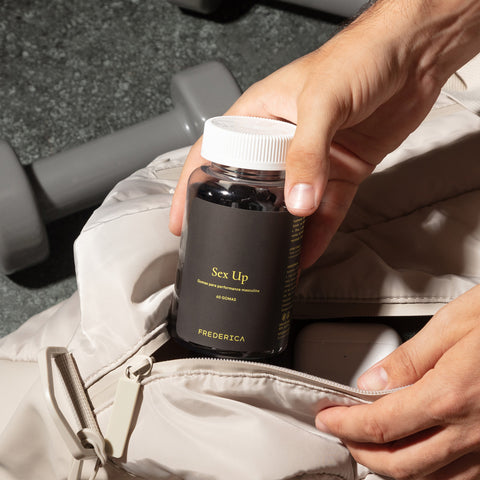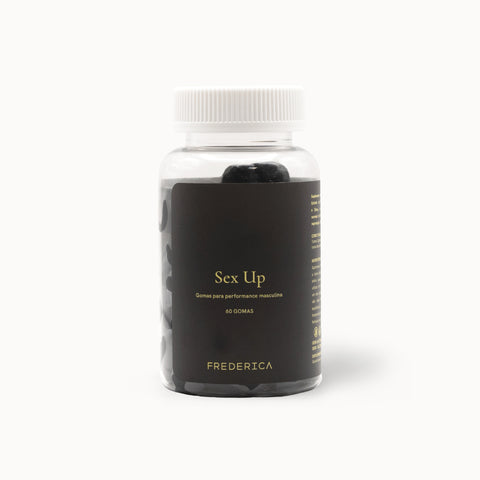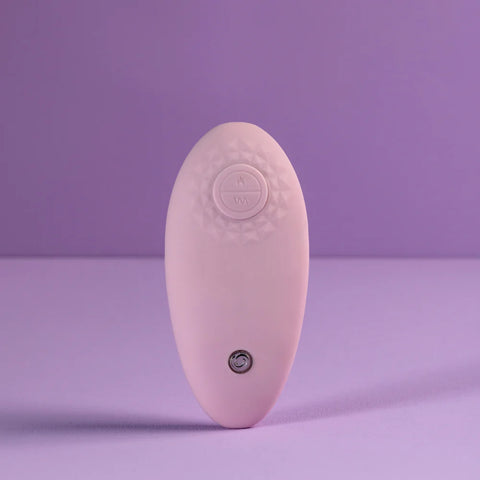Even though it is a sensation that only lasts for a brief moment, orgasm is the point that many of us want to reach during sexual intercourse. The way an orgasm is achieved varies from woman to woman. There are women who reach him quickly; others that take longer and require several stimuli before penetration.
Having sex without reaching orgasm is perfectly normal, even if the relationship is pleasurable. However, when the absence of orgasms begins to be constant, this situation could be anorgasmia, a very common sexual disorder.
This disorder causes frustration and even creates marital problems. It often develops due to psychological factors, such as trauma, personal problems, stress , insecurities or even external pressure. However, it can also be associated with the consumption of drugs, alcohol and more. Diseases such as diabetes and multiple sclerosis, as well as pelvic trauma, are also factors that can affect reaching the maximum exponent of pleasure.
Types of anorgasmia
There are four types of anorgasmia:
Primary anorgasmia: condition in which the woman never reaches orgasm;
Secondary anorgasmia: is the difficulty in reaching orgasm, even when it has already been achieved at other times;
Situational anorgasmia: it is the most common condition and only occurs in certain situations and with certain partners;
Absolute anorgasmia: is the total absence of orgasms.
Diagnosis
For a medical evaluation of anorgasmia, your doctor may need to look at your complete medical history (sexual, surgical, and relational). Don't let embarrassment stop you from giving honest answers that may provide clues to the cause of the problem. A general physical examination may also be necessary to look for physical causes of anorgasmia, such as a medical condition.
Treatment
Treatment for anorgasmia will depend on the cause of the symptoms and may include lifestyle changes, therapy and medications. For most women, a key part of treatment includes addressing relationship issues and everyday stress . Understanding your body and experimenting with different types of sexual stimulation can also help, as this is the main step towards achieving greater sexual satisfaction. Masturbation can help you discover what type of touch is best for you and, consequently, help you reach orgasm. Changing sexual positions can also be one of the solutions, producing more clitoral stimulation during vaginal penetration, using a vibrator or fantasizing during sex.
In some situations, couples therapy can help resolve relationship conflicts that may be preventing orgasm. Likewise, sex therapy can also make sense, as this usually includes sex education, helping to improve communication through behavioral exercises that should be done at home.
Talk to your loved one, prolong your sexual activity and explore other emotions in your intimacy. Shifting the focus from orgasm to pleasure can help.
Source: Mayo Foundation for Medical Education and Research
























